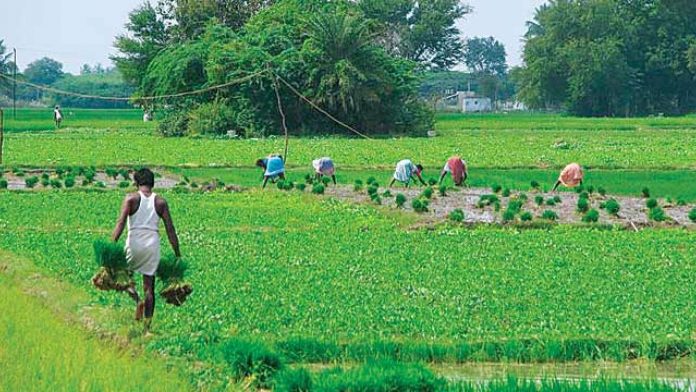The global pandemic has yielded several opportunities and improvements in agriculture as farmers display enthusiasm for embracing technology. For example, using Whats-app, they’ve created a direct to market—reaching out directly to consumers, elevating the experience with quality fulfillment, and cutting out middlemen to increase each loyalty and their margins appreciably. This simple digital intervention is, however, a small example of the change we must usher in to alter a larger reality.
Globally, greater than a fourth of the labour force is involved in agriculture. Despite much better productivity, issues regarding possible farming are alive even in advanced nations. Farmers being not able to pay back loans is a reality in developing countries and advanced nations too. Price variances in commodity markets, high input costs, stringent guidelines, inclement climate, pest infestation, over-reliance on rain, poor storage, and scale problems are contributors – and lead to demands for mass loan waivers. Those concerns won’t all be addressable now, but smart agriculture is a good place to begin breaking a recurring cycle.
Collaboration tools connect all stakeholders —farmers throughout 15 village councils, VKC reps, start-ups, industry, and government. A local language net portal serves as an information repository for e-learning, and a mobile app pushes real-time inputs and pre-emptive alerts. Exhaustive training acclimatizes farmers to this digital transition. This scalable project targets to harness tech to extract insights on crop health, yields, soil vitals, impurities, water use, weather, and disease patterns. Through the VKC, farmers can achieve government policy updates, advisories, marketplace prices, best-practice videos, and avail government provisioned financing. Optimization and better planning are expected outcomes.
In Australia, Agriculture 4.0 projects focus on innovations that promote profitability, safety, and environmental focus. An example could be an IoT-enabled open platform for applications and tech solutions with the independent entities, using an unlicensed spectrum for free connectivity. That is used for geo-locating livestock and farm implements at big farms, and for detecting heat stress that impacts cattle feeding. In Italy, blockchain is now being used to facilitate traceability of wine, milk, and oil.
Innovations gaining traction worldwide include using drones to assess levels of irrigation and fertilizer use through image evaluation, the precision shooting of seeds into fields, and spraying pesticides to mitigate health risks. Tractors ready with IoT and cameras at the moment are deployed for gauging seed placements and for tillage prescriptions to improve output quality. increasingly more, we pay attention to approximately ubiquitous connectivity, virtual agri-markets, and the use of IoT, big data, and AI for trend analysis, safety, productiveness, and prognostic guidance.
cutting input costs presents a big opportunity. Precision in identifying the proper feed levels and leveraging the internet for procurement options at competitive prices can make a big difference to economic viability.
The Sustainable digital evolution to make farming possible isn’t always a desire. Governments are, therefore, encouraging the use of technology in agriculture. However, affordability is still a barrier that governments must address.

